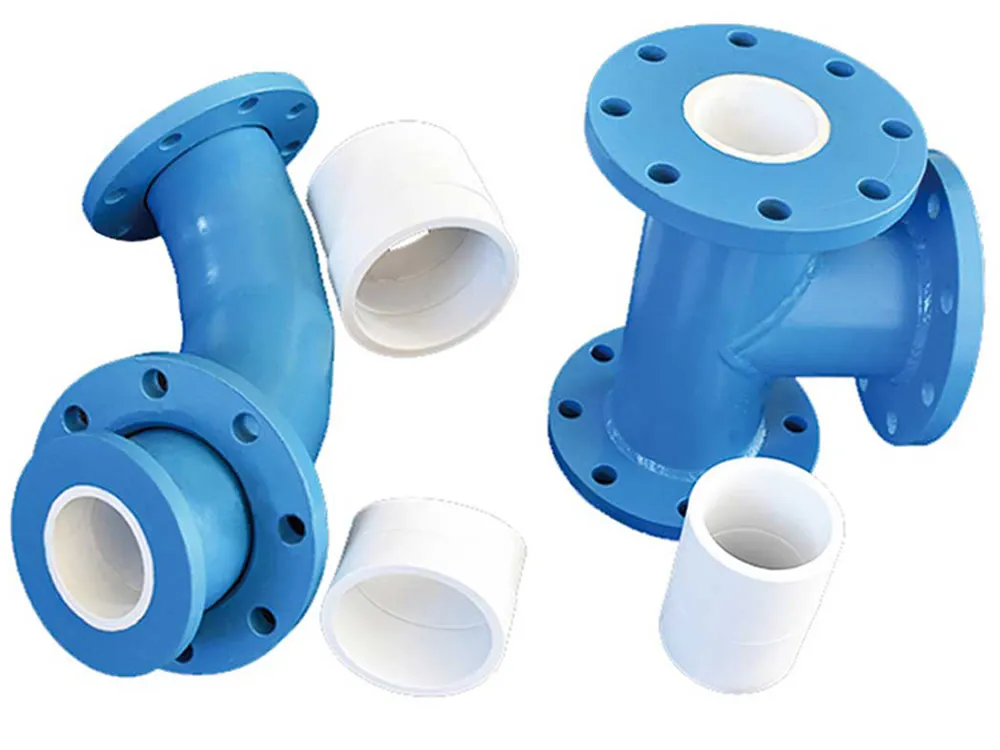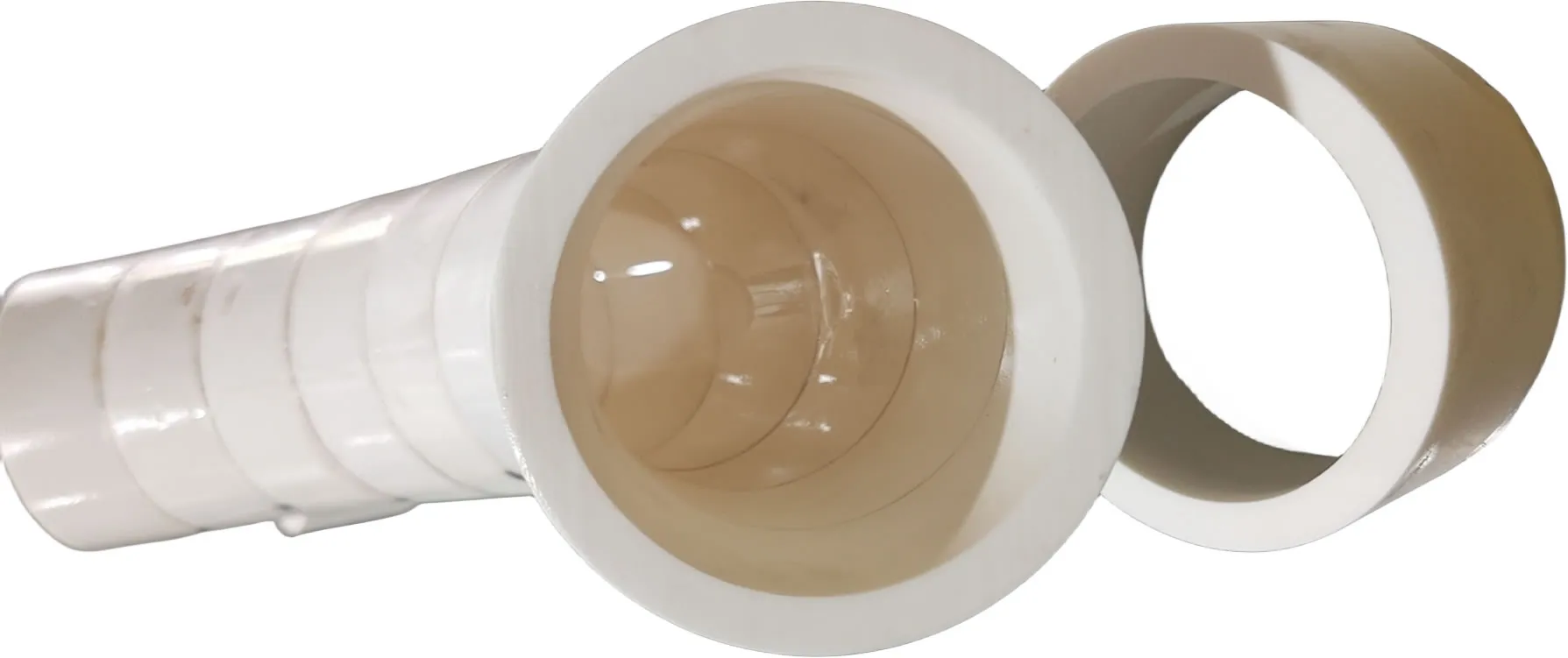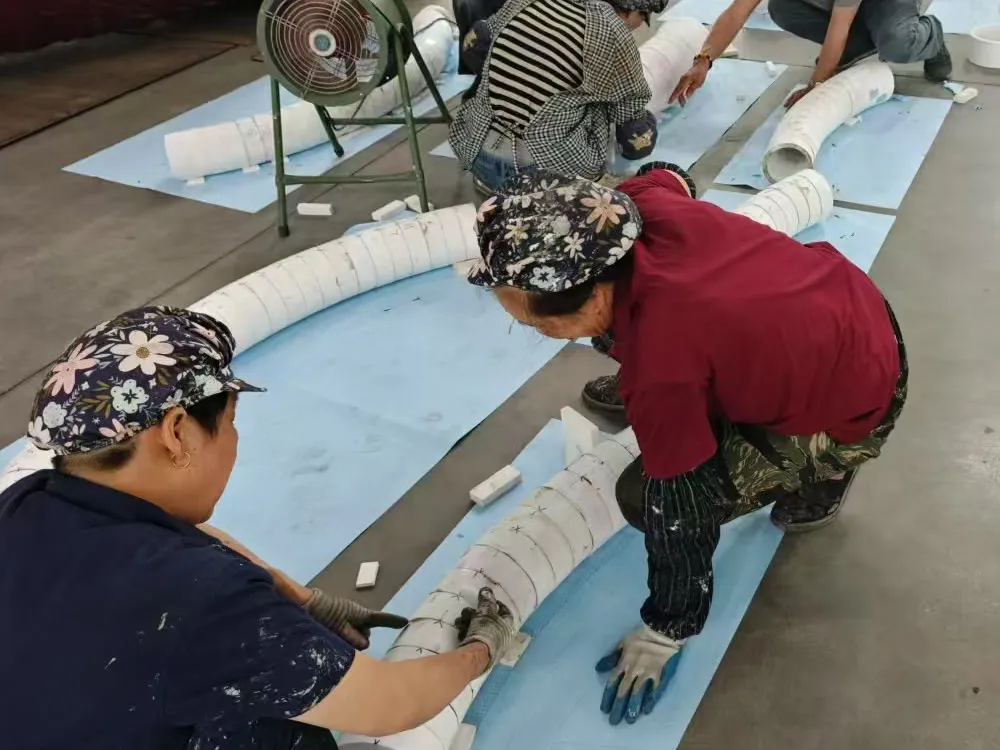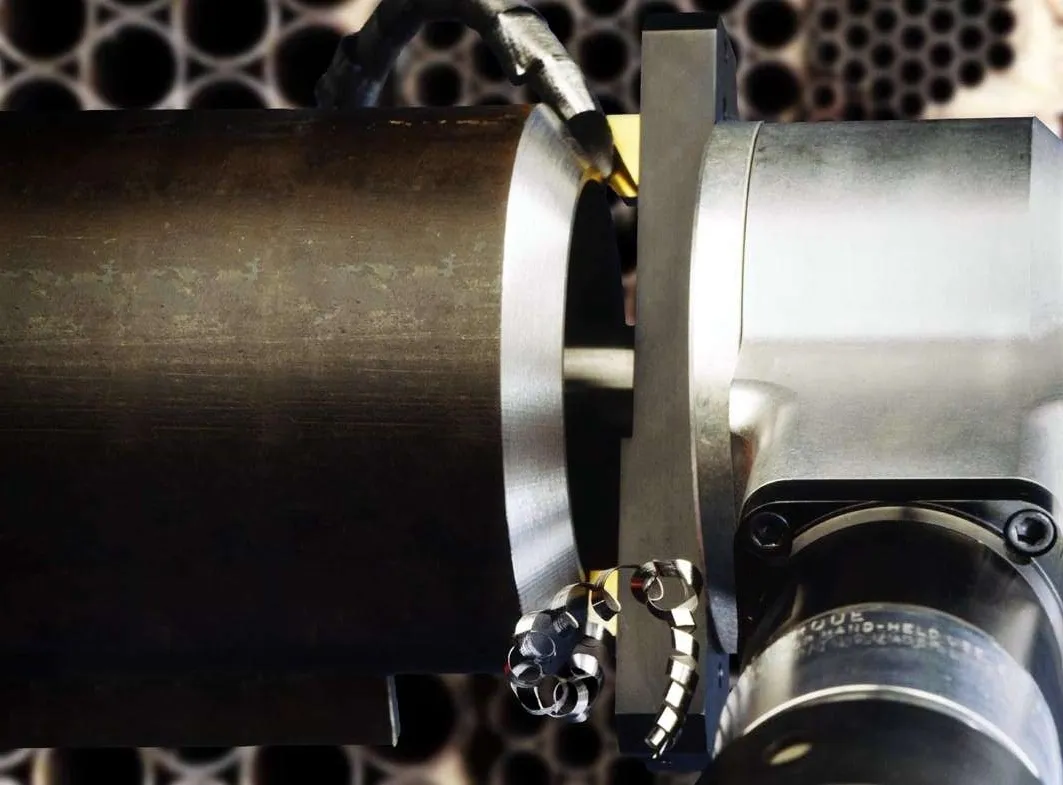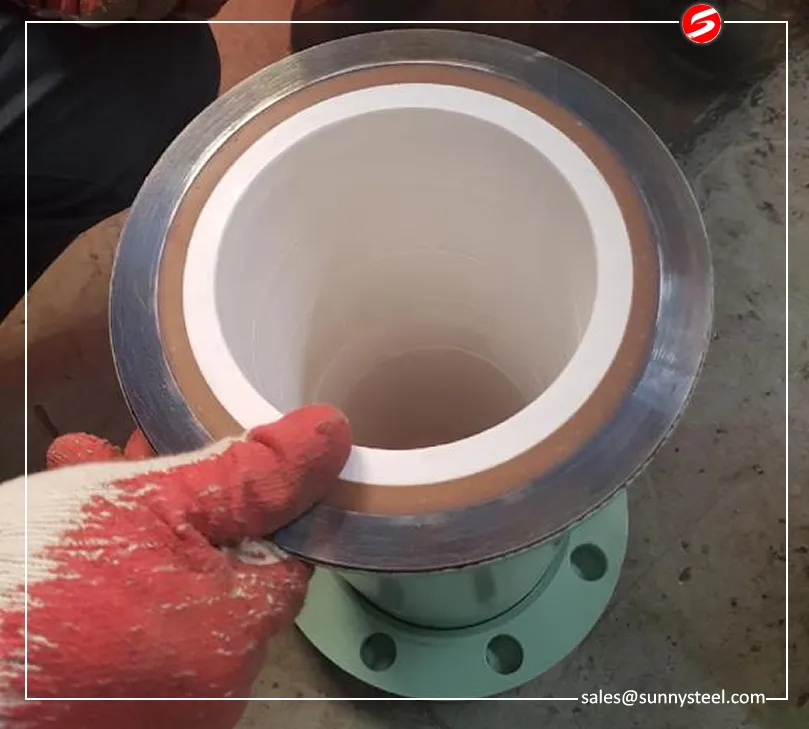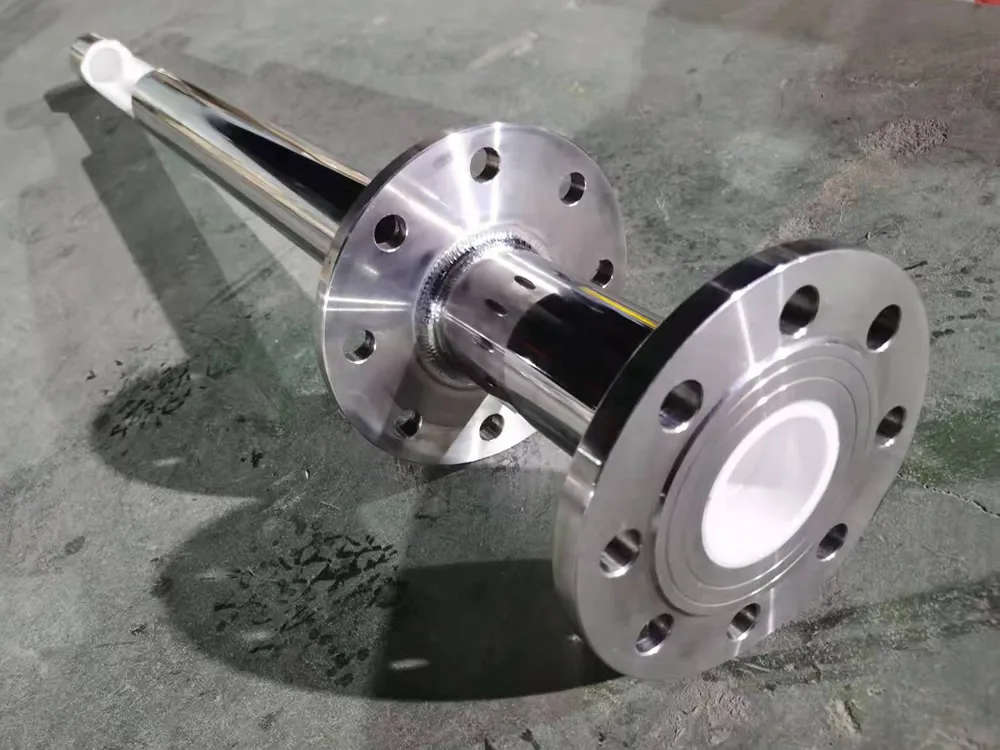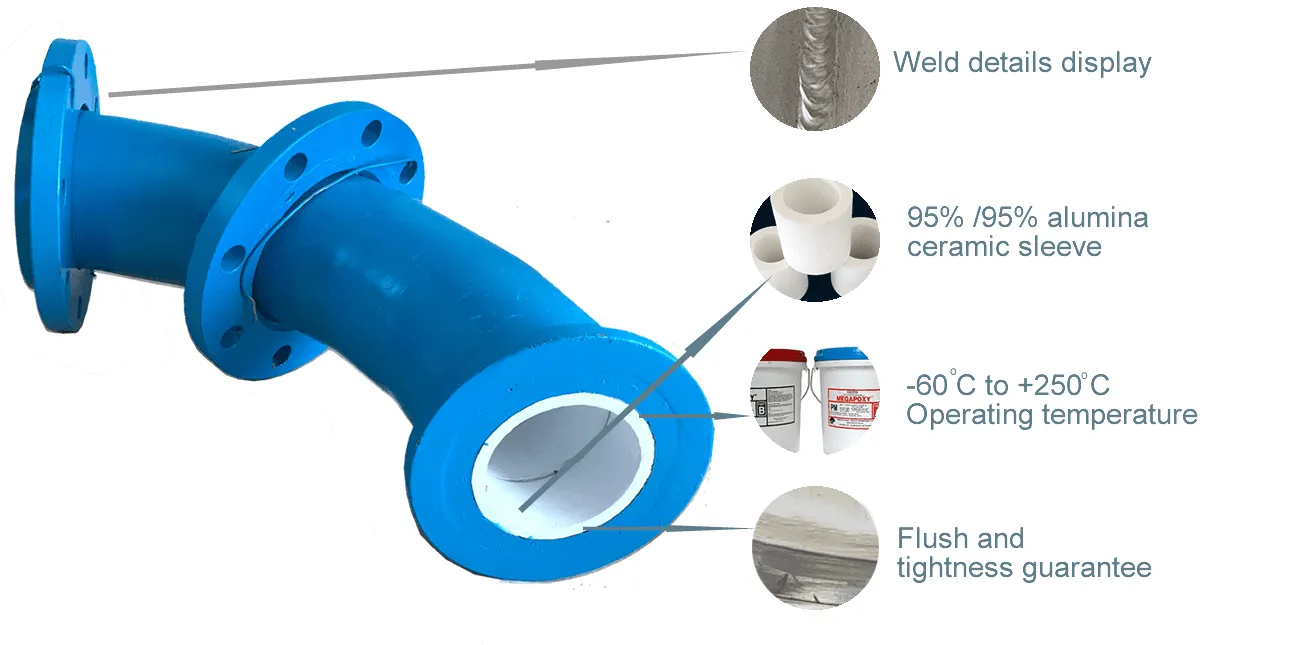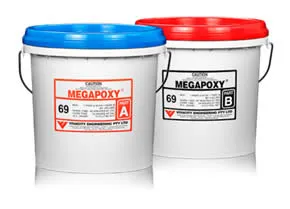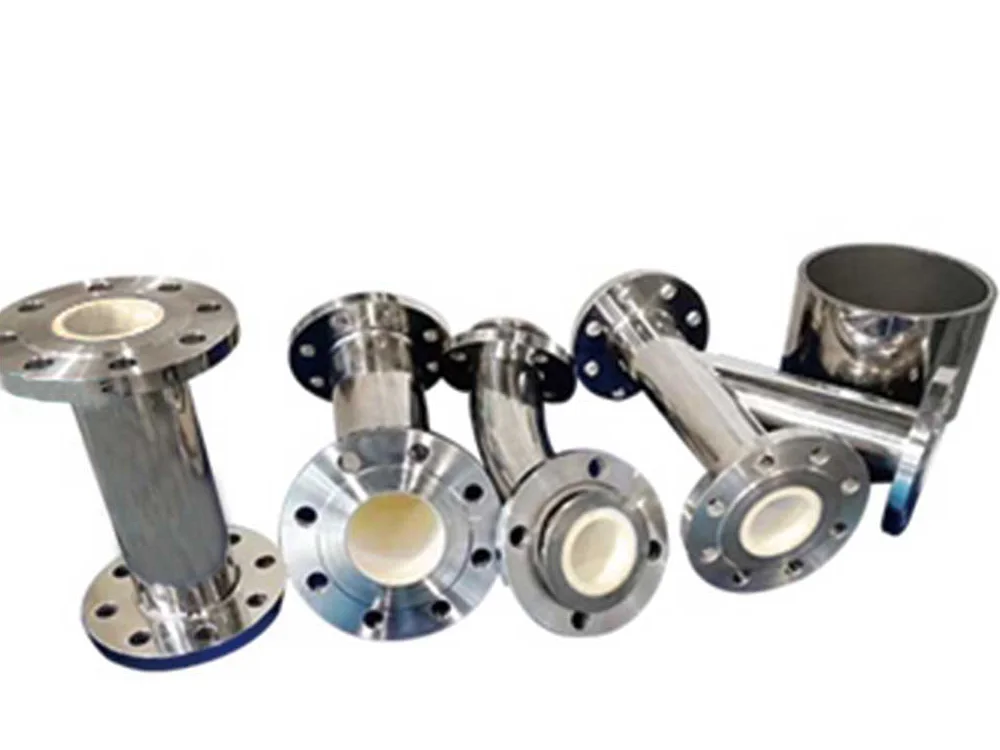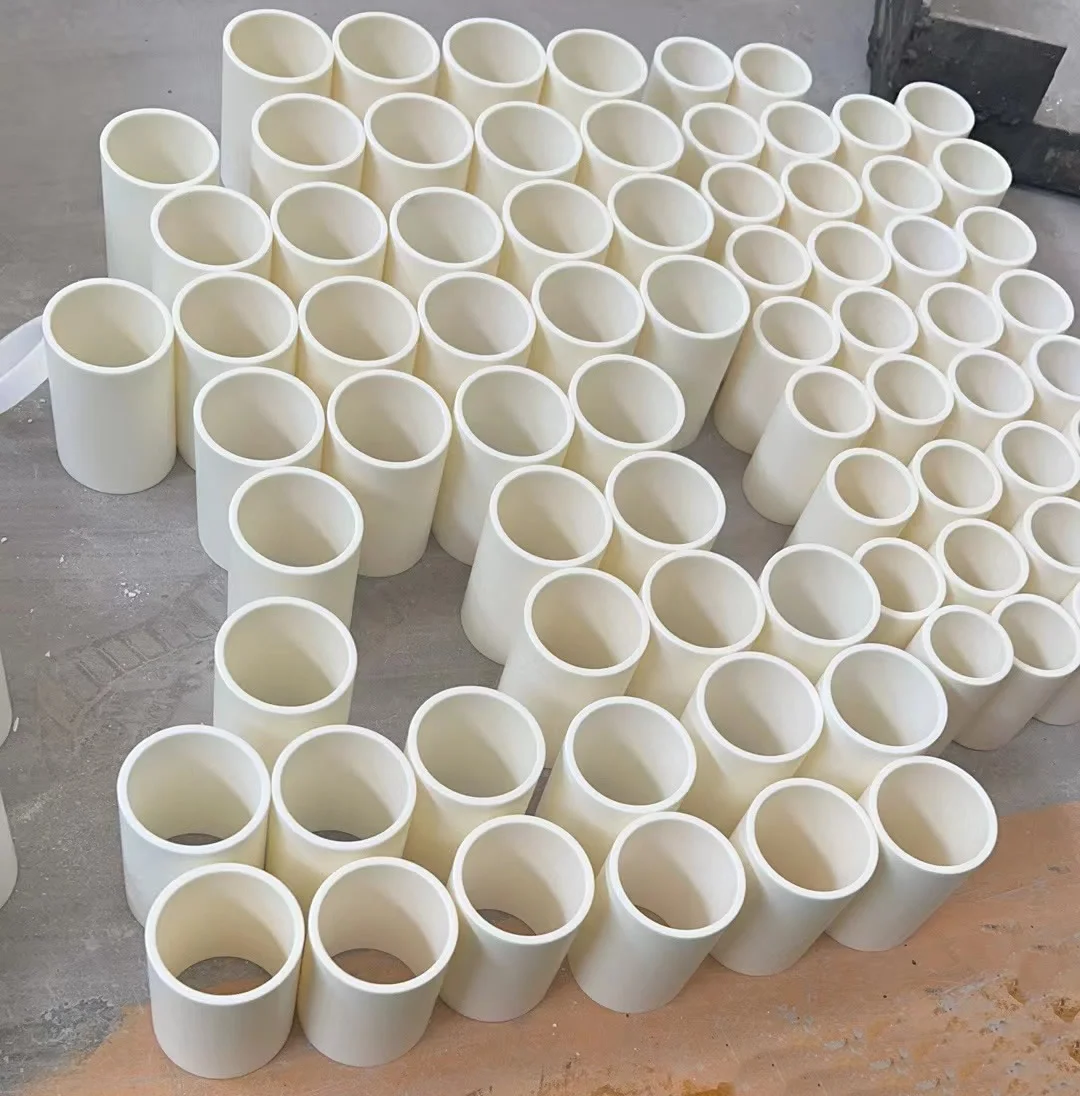| 1. Abrasive Products | Grinding wheel granules |
| 2. Aluminium Plants | Calcined alumina, bauxite, electrode, carbon, crushed bath |
| 3. Iron & Steel | Sinter dust, limestone, lime injection, coal, iron carbide, alloy additives |
| 4. Mineral Wool & Insulation | Perlite, stone dust, refractory fibers, production waste, sawing dust |
| 5. Foundries | Molding sand, dust collection |
| 6. Glass Plants | Batch, cullet, quartz, kaolin, feldspar |
| 7. Breweries & Feed Mills | Corn, barley, soybeans, malt, cocoa beans, sunflower seeds, rice hulls |
| 8. Cement Industry | Clinker dust, limestone, cement, fly ash, coal, blast furnace slag |
| 9. Chemical Plants | Caustic lime, fertilizers, lime dust, chrome ore, paint pigments, plastic pellets with glass fiber |
| 10. Mineral Mining | Kiln feed, ore concentrate, coal tailings, dust |
| 11. Coal-Fired Power Stations | Coal, fly ash, pyrites, slag, ash, limestone |
| 12. Coal Mines | Coal dust, mine waste for backfilling |
| 13. Technical Carbon | Technical carbon, dust, graphite for electrodes |
